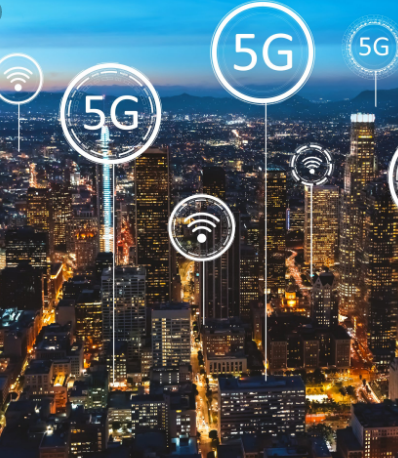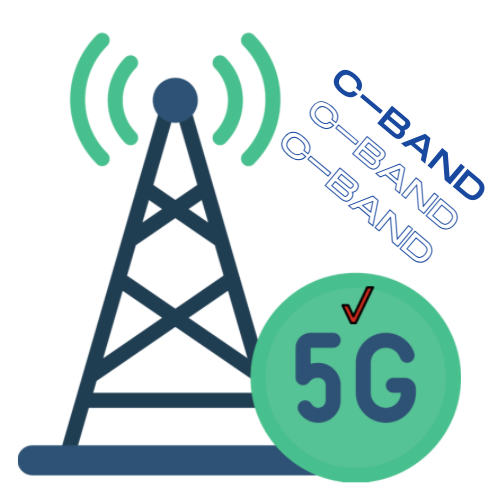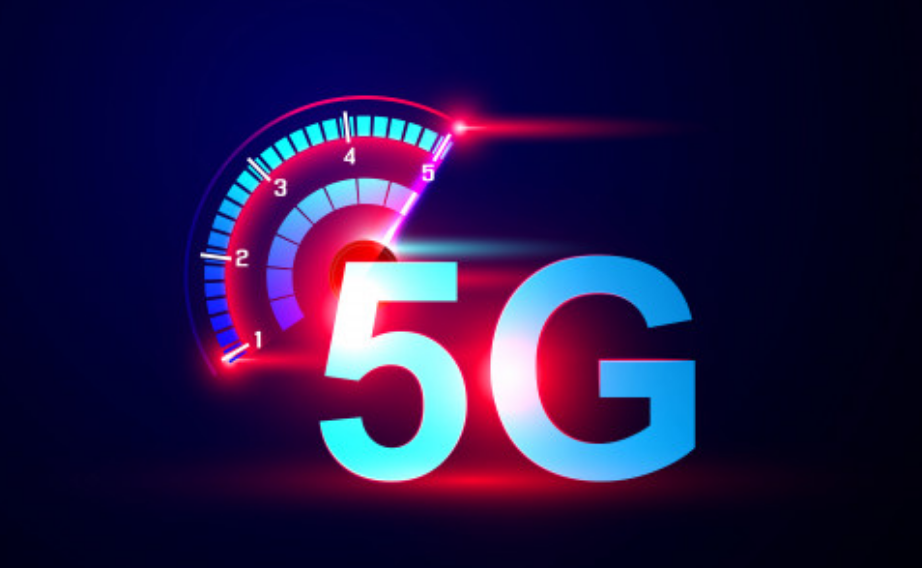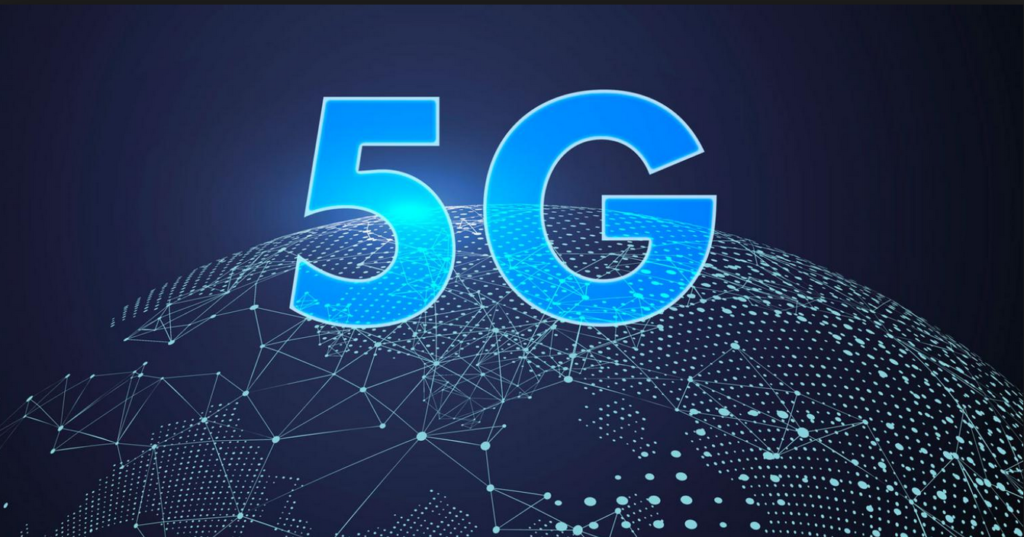
Every business owner is looking for ways to increase profits, save money and to improve efficiency. The good news is that there are plenty of ideas out there that can help.
This month Verizon announced (in an email) a feature called “Call Through for Mobile App” In case you missed it, read the details below on what it is and how to turn it on in your One Talk Mobile App.
With Verizon Call Through, calls go over your cellular network voice channel via the One Talk Mobile Application* instead of over the public internet. For example, you are driving in an area with 1 or 2 bars of service. Opening a video or web page may be problematic, but you know you could still reliably take or make calls on your personal cell phone. This is what Call-Through will bring to you when you switch this setting on.
The benefits to the customer are:
- Saves you money: Using unlimited voice, not data plans, for calls.
- Is easy to set up: Takes two simple steps.
- Increases business efficiency: Voice calls save battery usage.
*Here is a link to one of our previous blogs that explains the benefits of the Verizon One Talk Mobile App and the best part is that it is FREE if you have a desk phone in your office or if you are an existing One Talk mobile client customer you can download additional apps for FREE.
Call-Through is a new feature that has been added to the One Talk app which will provide a better experience for your calls. Call-Through was introduced by Verizon earlier this year and we have learned many things about how it functions as well as some things to keep in mind while using it.
During the installation of the One Talk app or when opening the menu bar on the top left corner (3 horizontal bars) you will be presented with the choice of “Call-Through” or “App Calling”.
App calling is the way that the One Talk app has traditionally worked for years. Calls will go through your cell phone’s internet connection (via wi-fi, or cellular 4G/5G internet when traveling) and calls will appear as coming in through the Application, instead of you seeing a regular cell phone call on your personal number.
App calling is still the best way to initially set up your application, as it will allow you to immediately recognize this as a business call because of the app symbol when it rings, and most importantly allow you to transfer the call out if needed.
However, the quality of your experience with the app will be directly tied to your internet connection at the time. If you are driving and traveling in an area with poor internet coverage, you may experience a dropped call. This is where Call-Through would benefit you.
Call-Through will use your cell phone’s carrier signal, and NOT the internet, which could improve your call quality.
In addition to this, call-through will:
- Still mask your personal information and cell phone number
- Never use your personal voicemail or greeting
- Continues to follow your prepared call flow moving further down your phone tree if you do not answer
- Resolves an Android specific issue that will ignore a One Talk call when you are on your personal phone line
- Resolves an Android specific issue that puts a One Talk call on HOLD when a personal call comes in
Please keep the following in mind when using Call-Through
- With Call-Through enabled, the user logged into that line with the setting enabled will be the only person to receive the call.
- If the One Talk number logged in is presented as your main published business number, some forwarding rules may not work in conjunction with this setting enabled. Call the team at the 5GStore and we can help ensure things are working properly!








